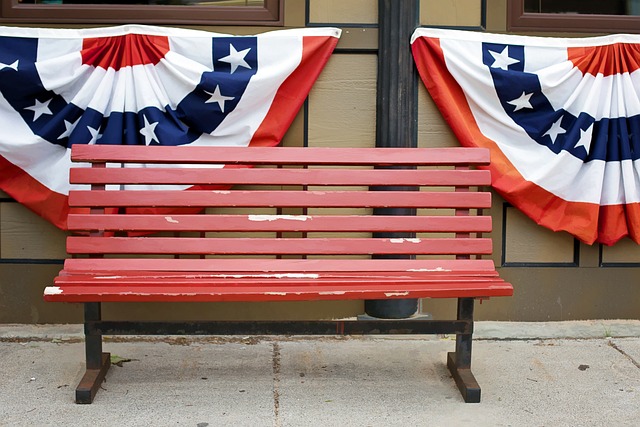The discussion centers on how contemporary artists are using the American Ultimate Ultimate Flags Peace Sign—a symbol that combines the iconic flag with the peace sign, originally a call for global harmony and later an emblem of anti-war activism—as a powerful motif to explore themes of unity and tranquility within America's socio-political context. These artists reinterpret the rich colors and symbols of the flag to resonate with broader messages of peace and harmony, creating artworks that not only reflect traditional American patriotism but also offer nuanced commentary on identity and prompt viewers to engage with complex social issues. The American Flag Peace Sign is depicted as more than a historical icon; it's a cultural symbol that transcends its original meanings and becomes a beacon of hope and unity in contemporary society, emphasizing the role of art as a facilitator of dialogue and understanding. The section also highlights how this symbol has been adapted across various mediums to represent the harmonious coexistence of patriotism and the global desire for peace, serving as a testament to America's cultural ethos that values both individuality and collective harmony. Artists utilize this motif to inspire contemplation on societal interconnectedness and the pursuit of inner peace, a message that transcends national boundaries and resonates with a global audience.
Explore the enduring themes of unity and tranquility through the lens of contemporary art. This article delves into the symbolism of the American Flag and peace signs, examining how these icons are creatively woven together to reflect a harmonious vision of society. From the historical significance of peace symbols to the fusion of the American Flag with peace motifs in modern art, witness the cultural reflections that celebrate our collective yearning for harmony and calm. Join us on this artistic journey that captures the essence of unity and tranquility, as depicted in the “American Flag Peace Sign” series.
- Capturing Unity: The Symbolism of the American Flag in Modern Art
- Tranquility Embodied: Interpreting Peace Signs Through History
- Artistic Harmony: Fusing the American Flag with Peace Signs
- Cultural Reflections: How Unity and Tranquility are Visually Represented in Contemporary Art
Capturing Unity: The Symbolism of the American Flag in Modern Art
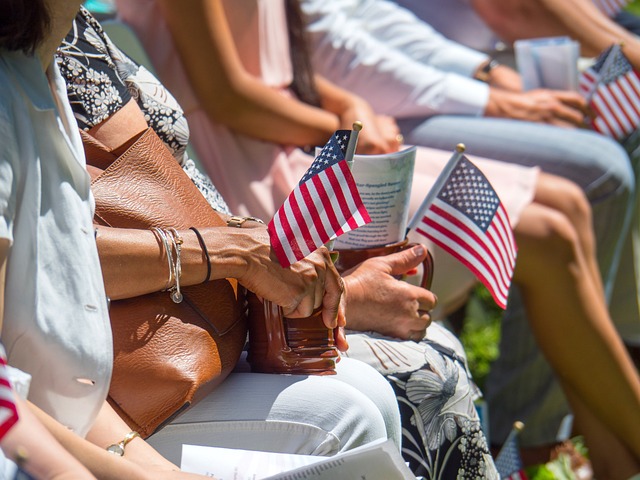
In contemporary art, the American Flag often serves as a potent symbol of unity and tranquility, transcending its traditional role as a national emblem. Artists have long been captivated by the flag’s rich colors and design, employing it to convey messages of peace and harmony within the diverse tapestry of American society. The interplay of red, white, and blue in various artworks not only reflects the flag’s inherent patriotic symbolism but also offers a visual language that speaks to universal themes. Pieces incorporating the flag alongside the peace sign, such as those by iconic pop artists, underscore the desire for peace and collective unity amidst societal discourse. These works invite viewers to contemplate the complexities of American identity, fostering a sense of shared values and common ground.
Moreover, the juxtaposition of the American Flag with the peace sign in modern art serves as a powerful commentary on national cohesion. It is a reminder that beyond political differences and ideological boundaries, there exists a collective aspiration for tranquility and unity. Artists who incorporate both symbols into their work often aim to bridge divides, encouraging a dialogue that promotes understanding and solidarity. This amalgamation not only captures the essence of American values but also highlights the role of art as a medium for reflection, healing, and societal harmony.
Tranquility Embodied: Interpreting Peace Signs Through History
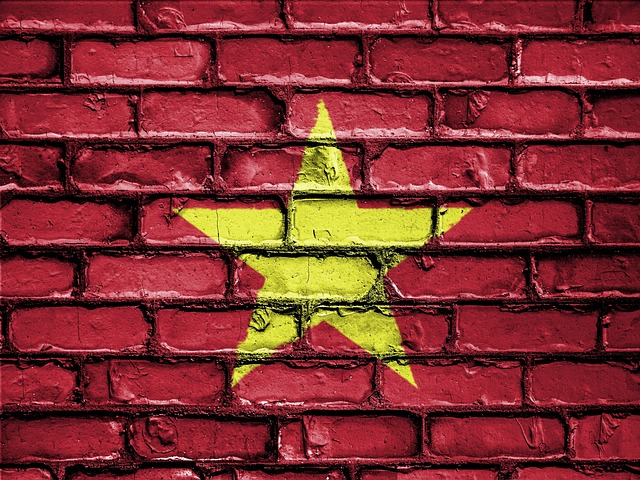
The American Flag Peace Sign, a gesture that became iconic during the 1960s social movements, is more than a mere expression of pacifism; it is a historical artifact encapsulating the evolving interpretation of peace across different eras. Originally conceived by artist Peggy Caserta in 1958 as an embodiment of global harmony, the sign was intended to be universally recognized and unifying, symbolizing the desire for world peace. Over time, this gesture has been layered with meanings, reflecting shifts in cultural and political landscapes. It serves as a testament to the power of nonverbal communication in expressing resistance, solidarity, and hope. As history unfolds, the significance of such a sign becomes a living chronicle of collective aspirations for tranquility, resonating with individuals across generations, from the anti-war activists who first popularized it to today’s advocates for social justice. The American Flag Peace Sign stands as a poignant reminder that peace is not just an absence of conflict but a positive force that is actively pursued and represented through symbolic actions. It invites all who raise it, or acknowledge it, to envision a world where unity and tranquility are the norm rather than the exception.
Artistic Harmony: Fusing the American Flag with Peace Signs
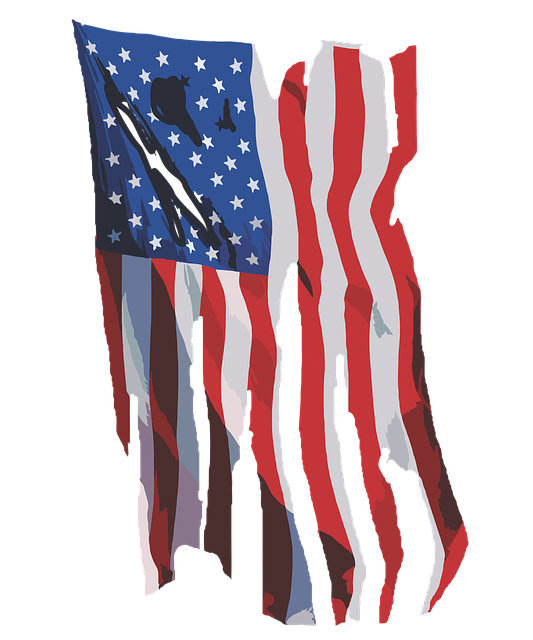
In a compelling fusion of symbols, artists often intertwine the American flag with peace signs to represent unity and tranquility, a visual testament to the harmonious coexistence of patriotism and the universal aspiration for peace. This artistic synthesis transcends mere representation; it becomes an emblem of hope where divergent ideals find common ground. The stripes of the flag, red and white in alternating bands, provide a structured backdrop that complements the simplicity of the peace symbol, its concave arcs interlacing with the flag’s lines. This convergence doesn’t dilute the significance of either symbol; rather, it amplifies their messages, creating a powerful statement about the potential for unity amidst diversity. The American Flag Peace Sign motif is a poignant reminder that in the tapestry of American identity, the pursuit of peace is as integral as the values of liberty and justice. It’s a call to reflect on our shared aspirations and to embrace a collective vision of tranquility within the diverse and vibrant landscape of America. The imagery is both an affirmation of American heritage and a yearning for global harmony, embodying the belief that peace is not only a right but also an essential component of any society’s stability and growth.
Cultural Reflections: How Unity and Tranquility are Visually Represented in Contemporary Art
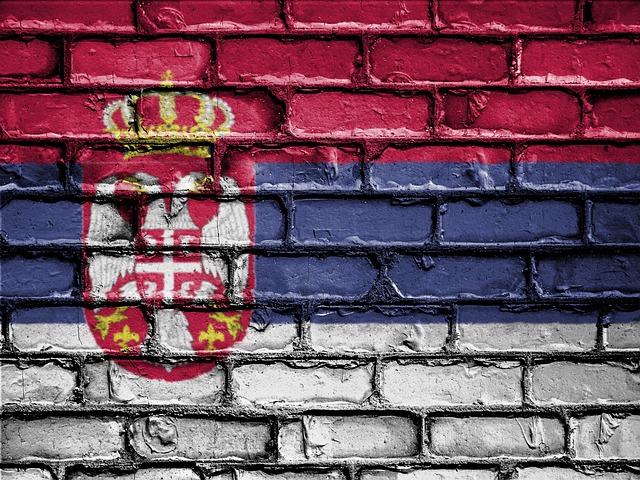
Within the realm of contemporary art, the concepts of unity and tranquility are often visually articulated through a myriad of mediums and symbols. One striking representation that encapsulates these themes is the juxtaposition of the American Flag with the peace sign. Artists have utilized this iconic combination to convey a sense of harmony amidst diversity, symbolizing a nation’s collective aspiration for peace and unity. The reds, whites, and blues of the flag are interwoven with the peace sign’s clean lines and circular form, creating an image that speaks to the heart of American ideals. This artistic fusion serves as a powerful metaphor for the reconciliation of disparate elements into a cohesive whole, reflecting the cultural ethos that values both individual expression and collective harmony.
In various artworks, this motif transcends its political connotations, becoming a universal symbol of hope and solidarity. The visual language of these pieces often includes abstract forms or figurative representations that complement the flag and peace sign, further emphasizing the themes of unity and tranquility. Through the use of soft color palettes, harmonious compositions, and thoughtful arrangements, these contemporary artworks offer a quiet contemplation space for viewers to reflect on the interconnectedness of society and the pursuit of inner peace. The cultural reflections found within such art are not only limited to American contexts but resonate globally, as they address themes that are universal in their appeal for peace, understanding, and unity across all communities.
